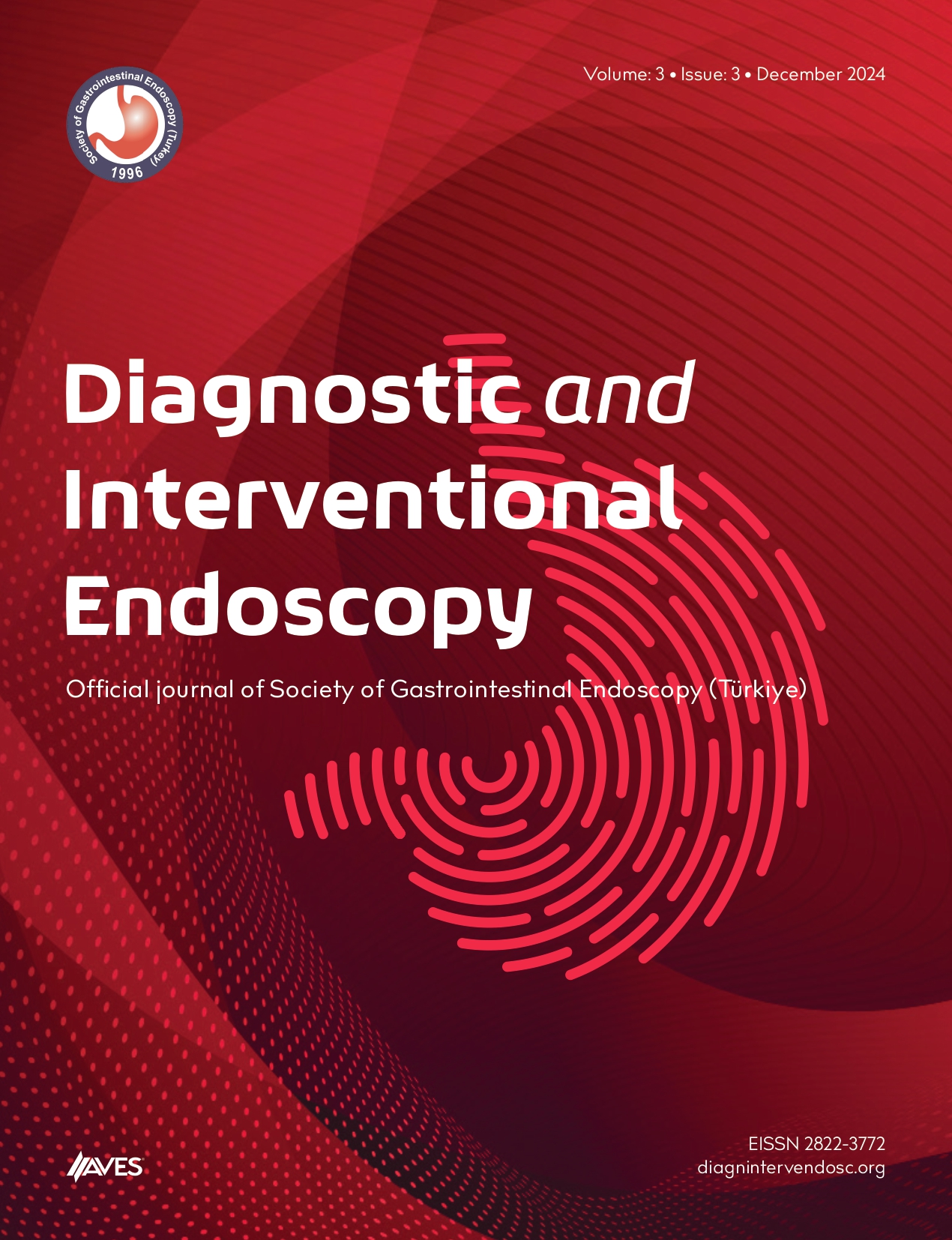Objective: Fluoroscopy time during endoscopic retrograde chola ngiop ancre atogr aphy directly relates to radiation exposure, and reducing fluoroscopy time is essential for the safety of the patient and endoscopy team. This study aimed to evaluate the factors affecting FT during endoscopic retrograde cholangiopancreatography.
Methods: We performed a retrospective analysis of consecutive endoscopic retrograde chola ngiop ancre atogr aphie s over 10 months at a single tertiary center. We investigated the effects of the demographic and clinical characteristics of the patients, indications for endoscopic retrograde chola ngiop ancre atogr aphy, diagnoses, and therapeutic interventions on fluoroscopy time.
Results: The study enrolled 400 patients with a mean age of 59.4 ± 18.4 years. The median fluoroscopy time was 210 (21-2400) seconds. In univariate analysis, fluoroscopy time was longer in the procedures done for biliary complications of liver transplantation and pancreatic diseases (P < .001), in the patients who were given premedication by the anesthesia team (P = .012), and who had altered upper gastrointestinal system anatomy (P = .028), and in the procedures started by the trainee and completed by the specialist (P = .007). Papillary or biliary dilatation, biliary stent placement, number of biliary stents, the difficulty level of the procedure, a diagnosis other than choledocholithiasis, and stone number were shown to significantly affect the fluoroscopy time (P < .05). In multivariate linear regression analysis, biliary complications of liver transplantation, treatment for pancreatic diseases, papillary dilatation, and biliary stenting were independent predictors of longer fluoroscopy time.
Conclusion: The identified factors during endoscopic retrograde chola ngiop ancre atogr aphy may increase fluoroscopy time. In the presence of these factors, more attention should be paid to preventive methods to decrease fluoroscopy time.
Cite this article as: Tozlu M, Sadeçolak M, Eminler AT, Uslan Mİ, Köksal AŞ, Parlak E. Factors affecting fluoroscopy time during endoscopic retrograde chola ngiop ancre atogr aphy. Diagn Interv Endosc. 2022;1(3):66-71.

.png)


.png)